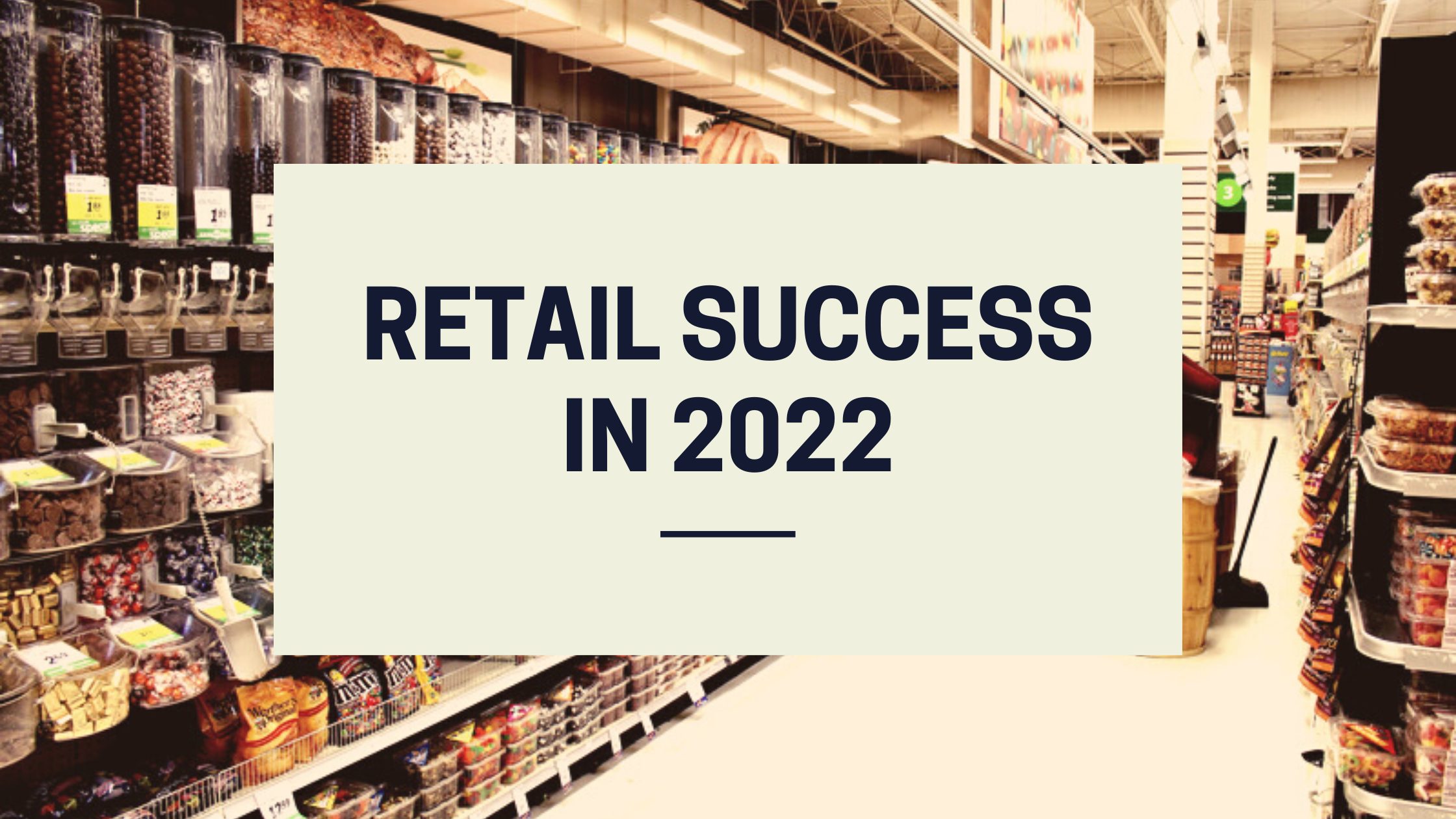As we enter 2022, retail brands that want to be successful in another year of change will pay extra attention to their supply chain, in-store audits and resets, and the impact of the labor shortage has on their inventory.
2022 Retail Trends
The challenges that plagued 2020 and 2021, like supply chain issues and a tight labor market, will persist this year. But unlike past years, suppliers and retailers alike have given up that life will return to “normal,” pre-COVID patterns. This isn’t to say that’s a bad thing. Retail has been facing massive shifts for years now. The current tensions are simply applying more pressure to existing weak spots. This year, we expect to see both suppliers and retailers invest in risk-mitigation tactics, like paying attention to their supply chain and getting more creative about the future of how inventory sells.
Let’s take a look at four main trends and what suppliers should be looking out for.
Trend 1 – Persistent Supply Chain Challenges
Those pesky shipping delays aren’t going away anytime soon. But rather than sit back and hope the wrinkles get ironed out on their own, retailers and suppliers are looking to invest this year in strengthening the lines they depend on. Besides large retailers chartering their own cargo ships, suppliers and retailers of all sizes will work to become more agile this year and minimize risk to their bottom lines.
What this might look like: rethinking where products are manufactured, increasing investment to multiple shipping avenues, and rethinking how to project and meet consumer demand.
Trend 2 – Labor Shortages
Holiday seasonal staffing was down 7.5% in 2021. While not completely unexpected, it is a challenge that retailers will continue trying to deal with this year. Despite perks, higher wages, and other changes to attract retail workers in 2021, health concerns, a competitive labor market, and COVID-19 will continue to result in retail stores not having enough boots on the ground to adequately ensure every supplier’s inventory is set, reset, and accounted for properly.
While there are many factors at play in why labor shortages are happening, the end result is that suppliers must be aware of the reality happening in stores. Retail stores simply do not have the same workforce they did before the pandemic. Even with the best processes and best of intentions in place, retailers will not be able to ensure that your products are set, audited, and cared for once they arrive at stores.
Trend 3 – Inflation
The consumer price index rose 7% in December, the highest in 39 years. It’s not just because the Federal Reserve is indicating that they’ll raise the federal interest at least once this year, for the first time in years. Retailers are also raising prices to save their bottom line from missed sales due to the trends mentioned above and to keep up with the increase in hourly wages across the industry. With more uncertainty in their ability to meet demand, retailers will continue to push higher prices.
This sharp increase in the cost of goods will further put pressure on consumers’ wallets, which could impact how they spend their discretionary income.
The key takeaway with this trend for suppliers is awareness. Be aware that consumers may spend less on non-essential items. Weave that into financial projections and take into account your own cost increases as businesses up and down the supply chain are contending with the same challenge.
Trend 4 – Evolving Retailers
Finally, we’ve been hearing about the changing landscape of retail for years now. With e-commerce and curbside pickup, and pop-up shops, the changes are exciting and persistent. Expect these evolutions to continue, especially ones that will support more agile sales strategies, less labor, and less risk.
Suppliers can work with their retailers to learn what they have in plan and decide if and how to best position their products for sales success.
Why You Can’t Sit Back and Relax Once Inventory Arrives at the Retail Location
Now, for the most important thing suppliers need to know about retail this year:
Do not assume that just because your inventory made it to the store it will be set, reset, or stocked as you want.
This is not us throwing shade at retailers, just being realistic. Retail employees are doing their very best. Unfortunately, because of the decreased number of workers on the floor and the higher demand for curbside orders placed, products on the salesfloor are slipping through the cracks.
The only way to make sure your inventory is poised to sell is to keep an eye on it yourself.
How to Keep an Eye on Your In-Store Sales
Not to worry, it’s much easier to manage your in-store inventory than you may think. And no, you don’t have to go in yourself and walk through the aisles.
The solution? Partner with a third-party service that can be your eyes in the store and, when needed, an extra set of helping hands.
Benefits of partnering with a third-party merchandising service:
- Peace of mind – know exactly what’s going on with your inventory at your retail locations
- Ensure proper sets and resets – if something is awry, your partner can fix it for you
- Maximize sales – make sure your products are on the shelves so they can sell
How can Retail Merchandising Services Maximize Your Sales?
As a best-in-class, third-party service provider, we know exactly what it takes to make sure your products succeed in retail locations.
Our best-fit service for brands looking for an extra pair of eyes and hands this year? Our audit, starting at less than $10 per store.
We’ll make sure that your inventory isn’t forgotten in the back room and that the product that is on shelves and especially those precious endcap locations is exactly how your planogram said it should be.
Get a jump start on your sales and contact us today!

